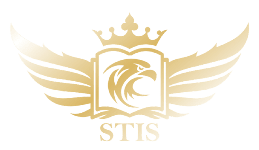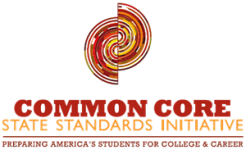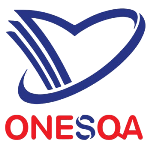Kindergarten to sixth grade
Physical Education
Kindergarten 1 – 3 (K1 – K3)
Purpose: In Kindergarten as they grow from infancy to school age, students are experiencing moderate but steady growth in height, weight and muscle strength and endurance. Hand-eye coordination is showing steady improvement, but reaction time is still slow. Children develop mobility a lifetime of movement their own body parts and the ability to manipulate objects.
First – Grade (G1)
Purpose: In First - Grade, student practice and build on the foundational skills they learned in the kindergarten. Students continue practice and improve their locomotor skills jumping, hopping, galloping, sliding, walking, running, leaping and skipping with more confidence. They learn about movement qualities, particularly space and time. Improving hand-eye coordination and reaction time make the manipulation of objects easier, but they practice manipulative skills to improve their technique. Static and dynamic balances al so improve, First - Grade allows for the learning of more advanced tumbling and dancing skill. First grade students also learn to take turns and work with others.
Second – Grade (G2)
Purpose: By the end of grade one, Students have learn about quality of movement, including time and space. They combine Loco motor skills into sequence and create movement to accompany music. Students can demonstrate the correct technique for catching a gently throwing ball and for manipulative skills, such as positioning the non kicking foot correctly when kicking a ball. They have to learn appropriate stretching exercise for arms, shoulders, back and lags. At the end of grade one, student are aware of the physical change that occur with physical activity and can describe them. They also understand that probably position help prevent injury and that water, oxygen, and food act as fuel for body.
Third – Grade (G3)
Purpose: By the end of grade two, students correctly perform the more difficult locomotor skills of skipping and jumping. They repeatedly jump rope. They demonstrated smooth transitions between even beat local motor and uneven beat locomotor skills. They perform rhythmic sequence alone and with a partner. Students describe the correct technique for foundational manipulative skills. For example, Dave through balls, substance, kick slowly rolling balls, dribble ball with their hands and their feet and caught gently thrown. They are learned in terms appropriate for grade two student, the meaning of impact Force, Base of support, personal space.
Fourth – Grade (G4)
Purpose: Students master the proper form for locomotor and non locomotor skills and learn to manipulate object in a ways in the kindergarten through grade three. The grade four students are at a transitional stage between childhood and youth. Eye-hand coordination is improving, fine motor activities are performed with more skill, and the greatest gain in strength begin at this stage. Students are also experiencing improvement in reaction time and balance. Although the center of gravity is still located in the midsection of the body, the ability to balance remain a challenge.
Fifth – Grade (G5)
Purpose: in grade fifth, students learn manipulative skills an emphasis on improving accuracy and distance with efficiently manipulating objects by using body parts or implements. They learn and practice offensive and defensive skill students create and then perform dance with International change in speed and direction that involve manipulating an object. The line Fitness Concepts, such as the principle of training, and how to increase that aerobic capacity. They demonstrate how to set an monitor achievable short-term and long-term goals for improved physical fitness. Student assess their health- related physical fitness and increase the amount of time and the intensity of their physical activity. They learn to work cooperative with and respect others with different ability.
Sixth Grade (G6)
Purpose: In sixth grade, the focus of instruction is providing student with experience that help them transition to sports skill learning with an emphasis on the application of movement and motor skills or modify game. When students practice manipulative skills, they practiced more often with partner than in earlier grades. For example, sixth grade students Wale and object repeatedly with a partner instead of volleying a tossed ball to a Target as they did in grade fifth. Students learn new skill and pattern in new ways to combine movement skills to create and perform routine with attention to the physical activity. They learn how to recognize and correct their own error and to provide feedback to Peer to assist them in developing movement skills. Students continue to learn about health-related physical Fitness, assess that on Fitness level, and develop one day personal fitness plan. Cooperative physical activity is another focus of instruction in sixth grade.




